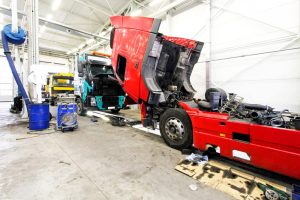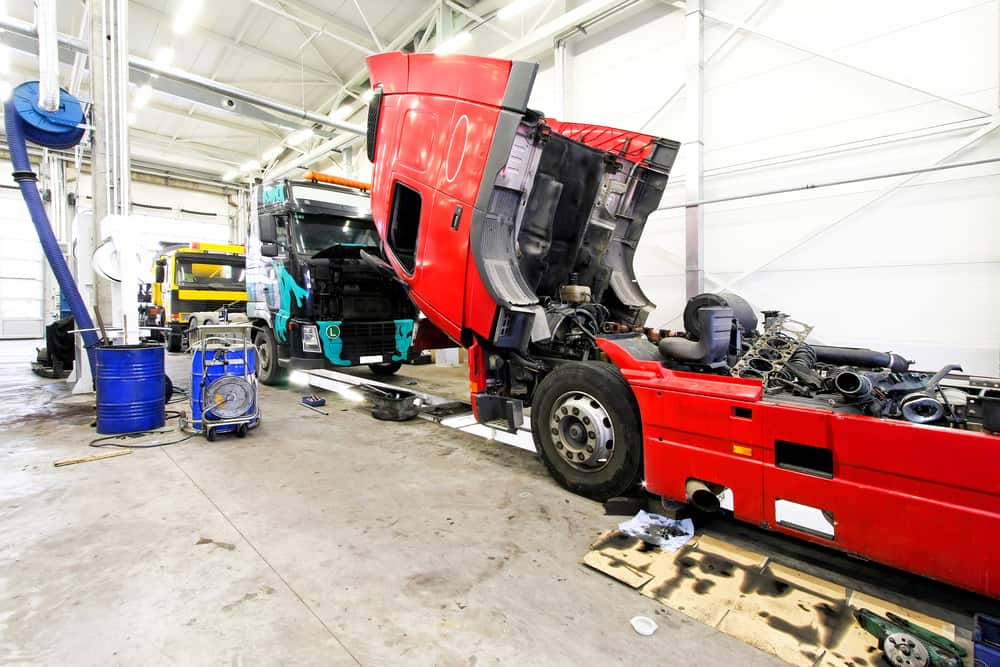
Preventive maintenance for truck fleets has gotten easier thanks to smart apps that monitor and alert you to service needs. Yet managers still need to be vigilant. We’ve rounded up some fleet maintenance tips that will help with costs and efficiency.
One overlooked area is the option to reduce the stress on your fleet vehicles by using electric yard trucks to shunt trailers to and from the dock.
Top 5 Tips for Semi Truck Maintenance
Keep those wheels rolling, and consider these tips:
Pay now, or pay more later: The cost of preventive maintenance will always be less compared to emergency repairs and towing for broken-down trucks.
Turn oil changes into full inspections: When it’s time for an oil change or a tire rotation, make more efficient use of the downtime by getting the fluids, air pressure, and other things inspected.
Monitor warranties: Some fleet managers prefer to run each vehicle to death to squeeze maximum life out of a paid-off asset. Others choose to sell off vehicles that are out of warranty. Do the math on cost of ownership.
Train drivers on what to look for: Create a system for drivers to report vehicle problems and make sure they adhere to the preventive maintenance schedule.
Get the right trucks and equipment: For your round of purchasing, find fleet vehicles that meet your specs. If it’s a stretch, work will be harder on the vehicle. Also look for material handling equipment and shunt yard trucks that make it easier to operate your fleet.
Reduce Fleet Maintenance Costs
At DJ Products, we’ve designed our Trailer Caddy Electric Yard Trucks for easy control and safety. They also aid with operations efficiency and reduce fleet maintenance costs. For more info, call 1.800.686.2651 or contact us.




